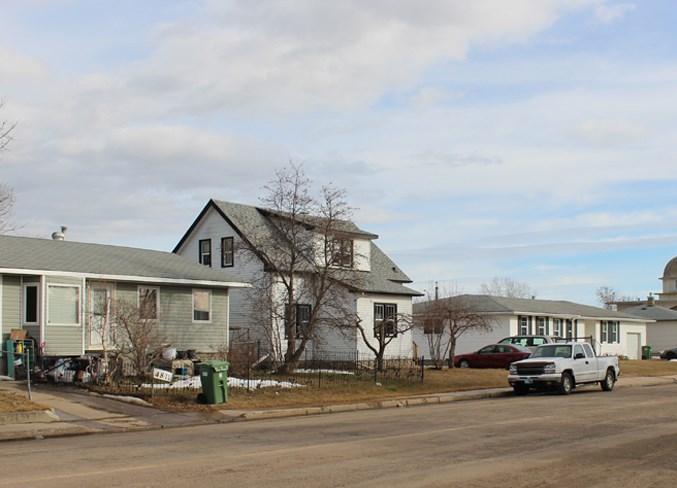The Town of Bonnyville saw a five per cent decrease in their overall property assessment.
Representatives from Accurate Assessment Group Ltd. made a presentation to council about the 2018 results during their regular meeting on Tuesday, March 26.
Assessor Bob Daudelin noted that while the reports show a continued drop over the last five years, they might be starting to flatten out.
The assessment takes into account residential, non-residential, linear, farmland, and exempt properties.
Residential properties have shown a downward trend since 2014, with last year seeing another eight per cent decrease, putting them at the lowest in five years.
Non-residential had a similar trend, but only saw a decrease of around three per cent compared to 2017.
After looking at sales that occurred from July 1, 2018, until the end of February 2019, Daudelin said, “there was nothing significant to define the assessment that market values were still dropping.”
He added, “You may want to consider budgeting for a slight drop because we still have a few months to go. But, at this point, residentially speaking, I do believe it will be stabilized according to the last eight months of sales. Non-residentially speaking, I can also say the same thing. There has been a number of sales that have occurred since July of last year, and the same applies.
The town’s overall assessment for 2018 came in at approximately $1.16-billion, down from $1.22-billion the year prior.
The assessment revealed 88 per cent, or 2,612, of taxable properties in Bonnyville, will incur a one to 25 per cent downturn in assessment. That would be price difference the range of $1,000 to $200,000. Of those, 1,114 properties will see a decrease in the range of $10,000 to $24,999, and 1,013 will see their assessment drop between $25,000 to $99,999.
“Most of that, because that’s a holistic approach on the differential between resident and non-residential, I would anticipate a number of those would be non-residential. Like our hotels and things like that,” said Mayor Gene Sobolewski.
Daudelin noted that with only 140 development permits issued last year, it was the lowest it’s been since 2014. However, it wasn’t a significant drop from 164 in 2017.
Giving an overview of the town’s assessment, residential land decreased from five to 20 per cent, depending on the location, while overall improved residential properties dropped in value between six to 12 per cent. Commercial land saw a dip between 10 and 21 per cent. Overall Improved commercial lots saw significantly less of a decrease, of one to four percent. Similarly for industrial, land went down in value between 10 and 12 per cent, while overall improved decreased one to three percent.
“It looks like the market is still trying to correct on residential properties, while commercial and industrial, they’ve sort of reached the point where there’s probably not a lot of moving,” noted Sobolewski.
Looking at the new residential growth assessment, new construction came in at $1.4-million compared to $2.2-million last year. Non-residential saw $6.4-million in new construction, an improvement over 2017 which was reported in the red at negative $3.2-million.
“This was a positive,” noted Daudelin. “It also could reflect, or compliment the fact that non-residential seems to be... stabilizing. Then, non-residential inflation is a 4.6 per cent decrease, so the net of those two is a three per cent decrease.”
Toward the end of his presentation, Daudelin noted other municipalities throughout Alberta have experienced similar declines.
As a result of the assessment, the mill rate will see some changes.
“We’ll have to increase the mill rate residentially and commercially to offset the decrease,” detailed CAO Mark Power. “Everybody’s taxes, on average, will stay the same but the ones that go up by more than the average will see an increase and the ones that go down more than the average will see a decrease.”



